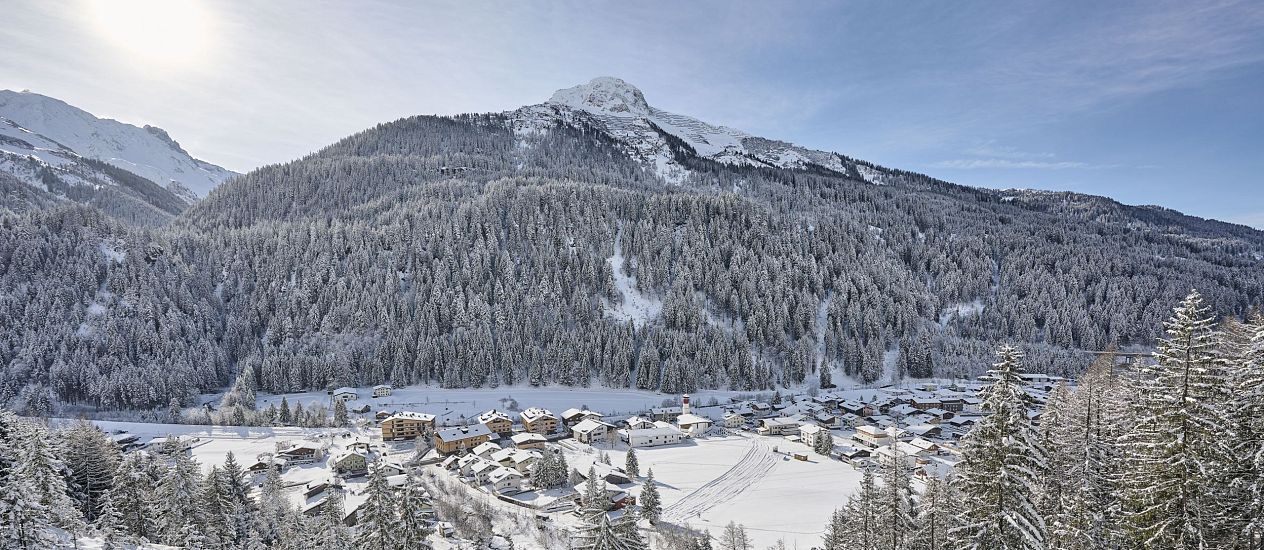800 Years Klostertal
History of Klostertal
The Klostertal has been named after the year 1218. In that year Count Hugo von Montfort handed over the chapel in the St. Marienthal to the Feldkirch Johanniterhaus. In return, the Order had to give the passing people at least shelter, fire and water. For this purpose, a monastery was founded, which was named for the place and later for the valley. The Klostertal has always been an important itinerary, as the shortest connection between Vorarlberg and Tyrol leads over the Arlberg Pass. At the beginning of the twelfth century, political and economic relations between the two countries increased. Due to the arduous travel conditions and the high tariffs, the route was soon neglected again.

In the 18th century Josef II had political and military interest in repairing the neglected paths. In 1785 the route was provisionally restored, and in 1824 the road over the Arlberg was completed, which led to a short-term boom in traffic. But only the railway construction made the Arlberg connection to a European main traffic route.
The construction of the Arlberg tunnel and the valley route Innsbruck - Landeck took place from 1880 to 1884. The railway opened at the same time the newly emerging ski sport access to the high mountains. Also by the conversion of the Flexenstraße an increase of the tourism into the upper Lechtal took place and thus also the serving as feeder Arlbergstrasse gained in importance.

